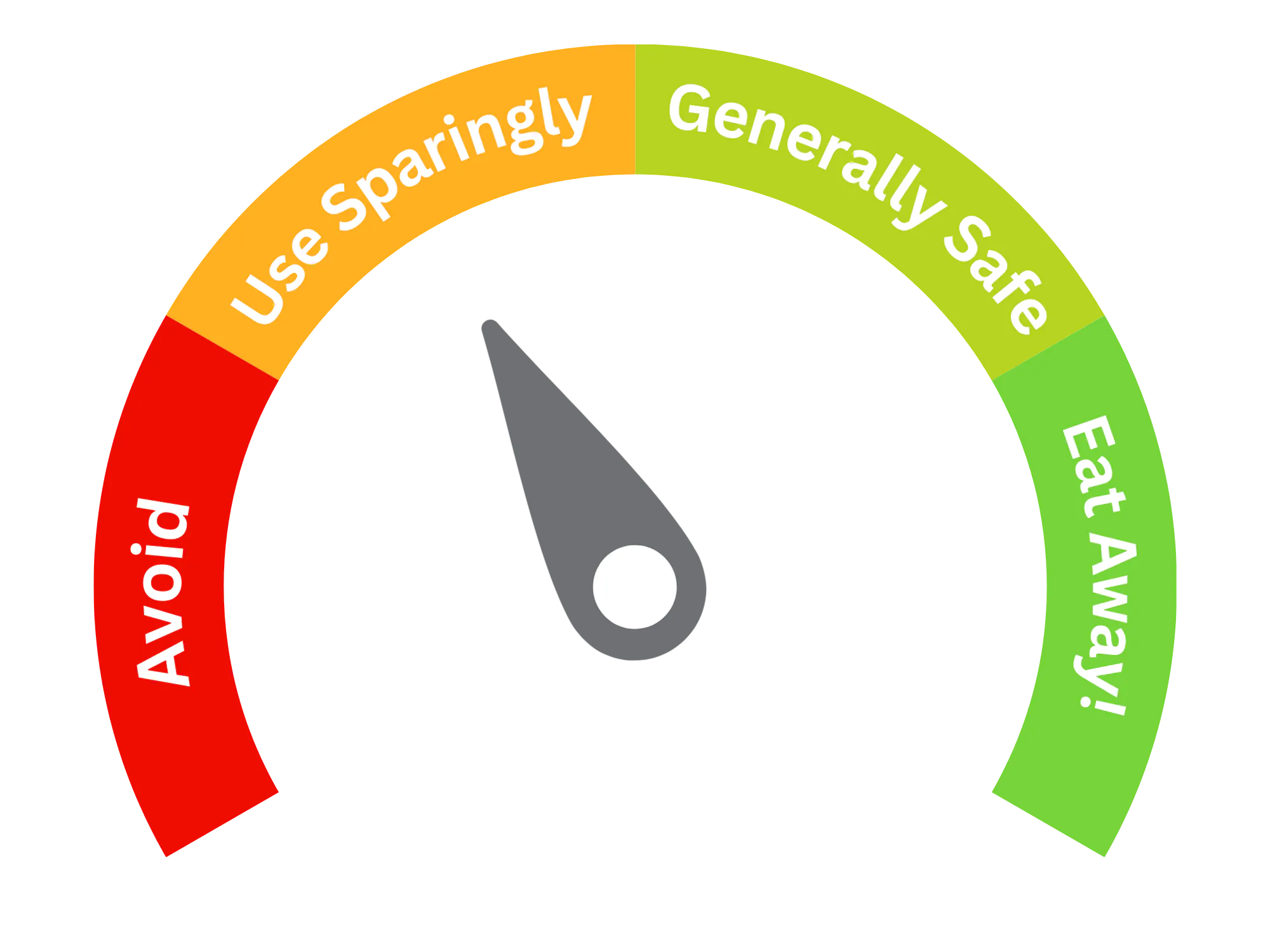Benzoic Acid (E210)
| Type of additive (Glossary) | Preservatives |
| E Number | E210 |
| Chemical Formula | C7H6O2 |
| Also Known As | Dracylic acid Benzenecarboxylic acid Carboxybenzene |

Purpose and Function
Benzoic acid is a naturally occurring compound that is widely used in the food industry as a preservative. It is effective in inhibiting the growth of mold, yeast, and some bacteria, particularly in acidic environments. Its primary applications include:
- Preservative: Benzoic acid is commonly used to extend the shelf life of acidic foods and beverages by preventing microbial growth. It is often found in products such as soft drinks, fruit juices, pickles, and condiments.
- Antifungal Agent: Due to its antifungal properties, benzoic acid is also used in a variety of other products, including cosmetics and pharmaceuticals, to prevent spoilage and maintain product integrity.
Potential Risks and Side Effects
Benzoic acid is generally recognized as safe (GRAS) by the FDA and other regulatory agencies. However, there are some potential risks and considerations:
- Formation of Benzene: One of the main concerns associated with benzoic acid is its potential to form benzene, a known carcinogen, when it reacts with ascorbic acid (vitamin C) in certain conditions, such as exposure to heat and light. Although the levels of benzene typically formed in foods and beverages are low and usually within safety limits, this potential risk has led to increased scrutiny.
- Allergic Reactions: Some individuals may experience allergic reactions to benzoic acid, including skin irritation, rashes, and asthma-like symptoms. These reactions are relatively rare but can occur in sensitive individuals.
- Irritation: In high concentrations, benzoic acid can cause irritation to the skin, eyes, and mucous membranes. However, the levels used in food products are generally too low to cause such effects.
